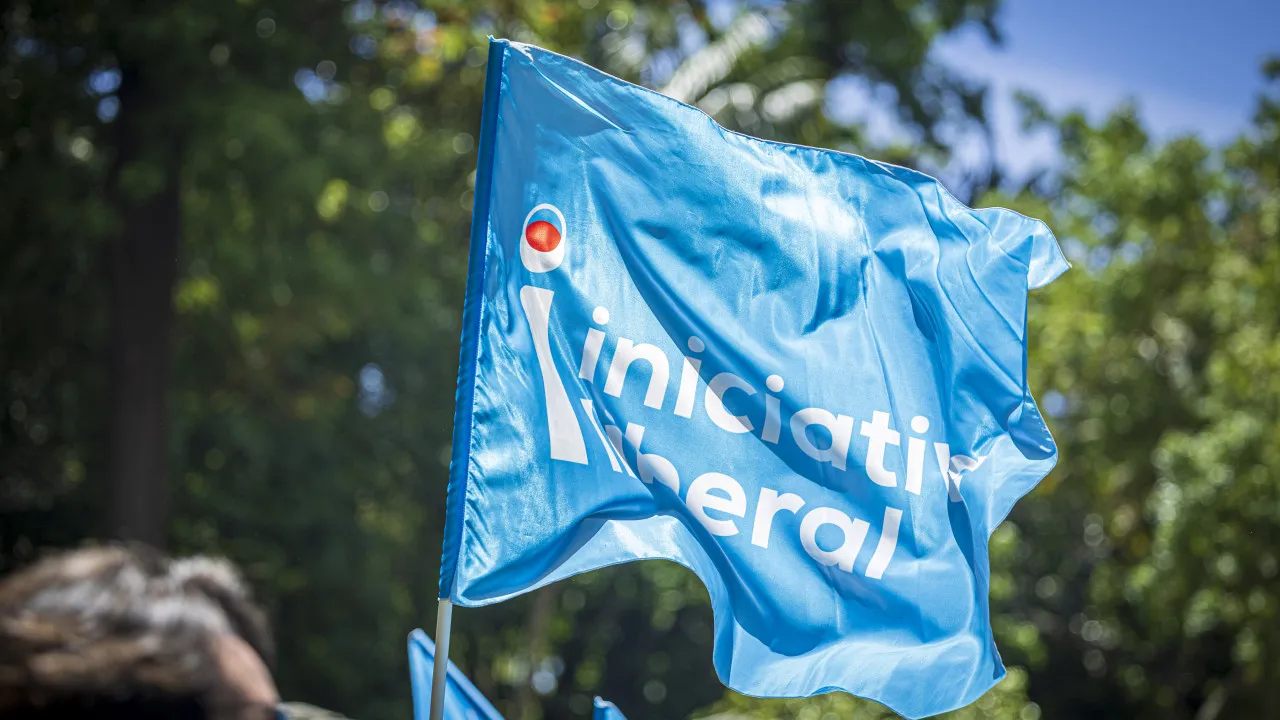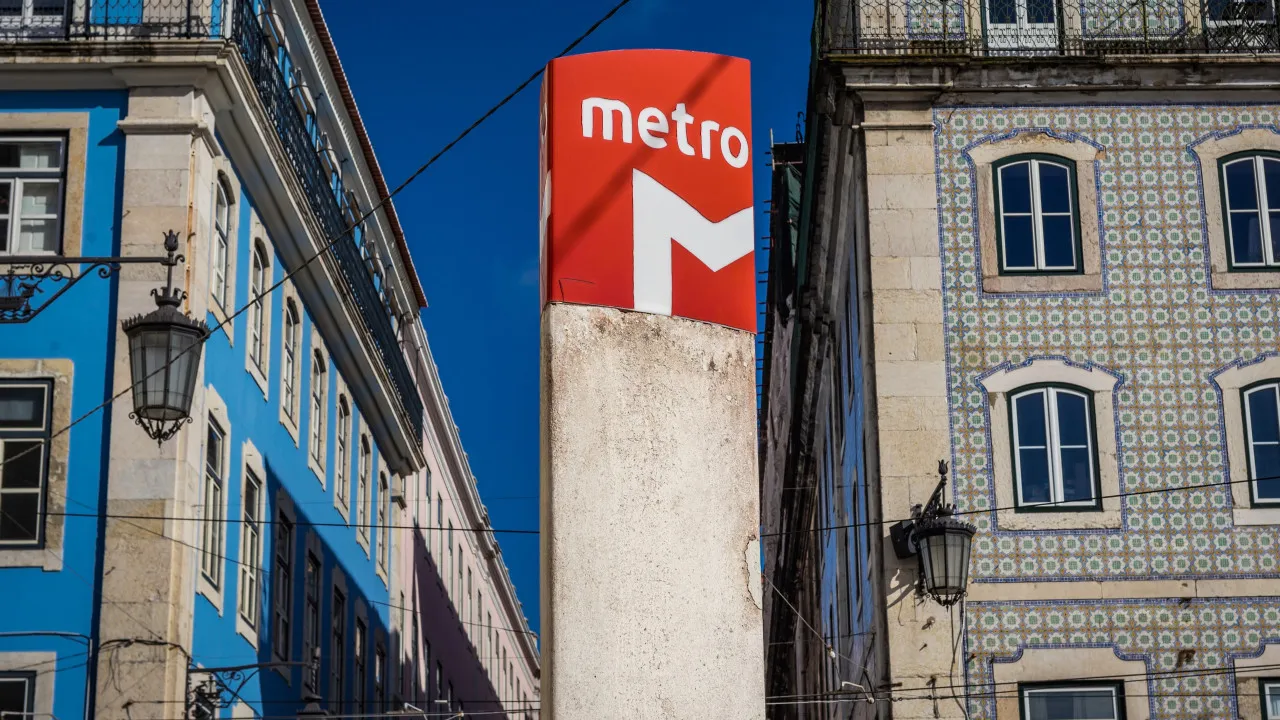
The document reports that inflation in Angola peaked at 31.09% in July, before gradually declining to 27.5% by the end of the year. The categories contributing most significantly to the price hike were food and non-alcoholic beverages, various goods and services, and health.
Luanda, Angola’s capital, which is the main consumption hub due to its economic influence, was responsible for approximately 70% of the nation’s inflation, as indicated by the National Bank of Angola (BNA).
The province of Luanda recorded the highest annual inflation rate at 32.45%, compared to 26.92% in 2023. This was followed by Cabinda with 29.27% (up from 15.17% in 2023), a result of reduced food supply caused by supply chain constraints, particularly in the Luanda-Luvo-Noqui logistics corridor and at the border with the Democratic Republic of Congo.
The BNA’s Monetary Policy Committee increased the base interest rate to 19.5% during the first half of 2024, maintaining it unchanged until the year’s end, and strengthened the mandatory reserve coefficient in local currency.
Even though inflation slowed in the second half of the year, prices remain high, directly impacting the purchasing power of households.
In March 2025, Angola’s year-on-year inflation rate stood at 23.85%.
The report also highlights that the Angolan economy grew by 4.4% in 2024, mainly propelled by the non-oil sector, which expanded by 5%, while the oil sector grew by 2.8%.
In 2024, the kwanza depreciated by 9.12% against the dollar, a milder drop than the 39.23% decline in the previous year.
According to the BNA document, international reserves rose by 7.07%, reaching 15.77 billion dollars, equivalent to 8.3 months of import cover for goods and services.
The credit stock in the economy increased by 31.6%, although the bank default ratio climbed to 19.2%, reflecting ongoing risks within the financial system.




